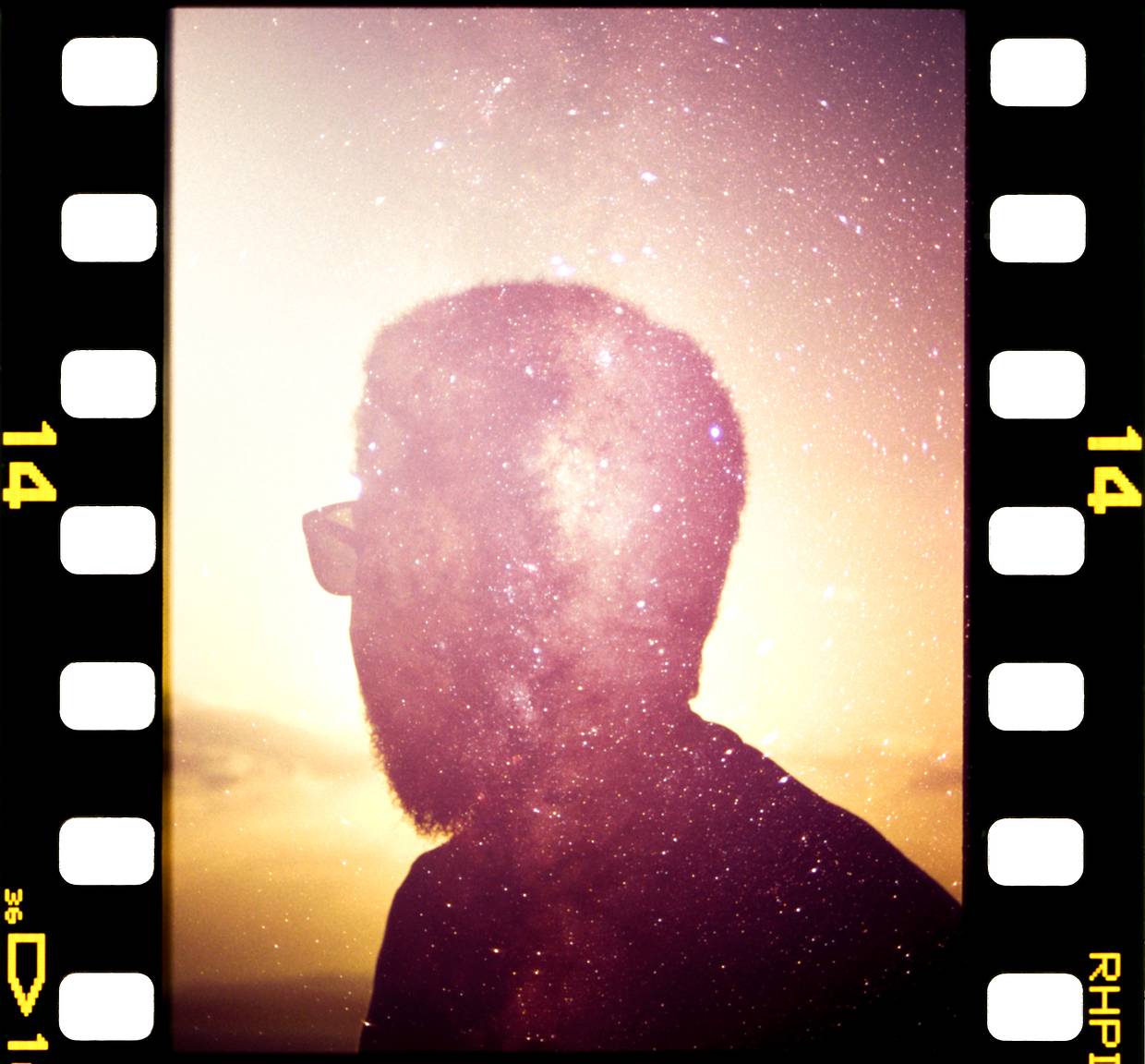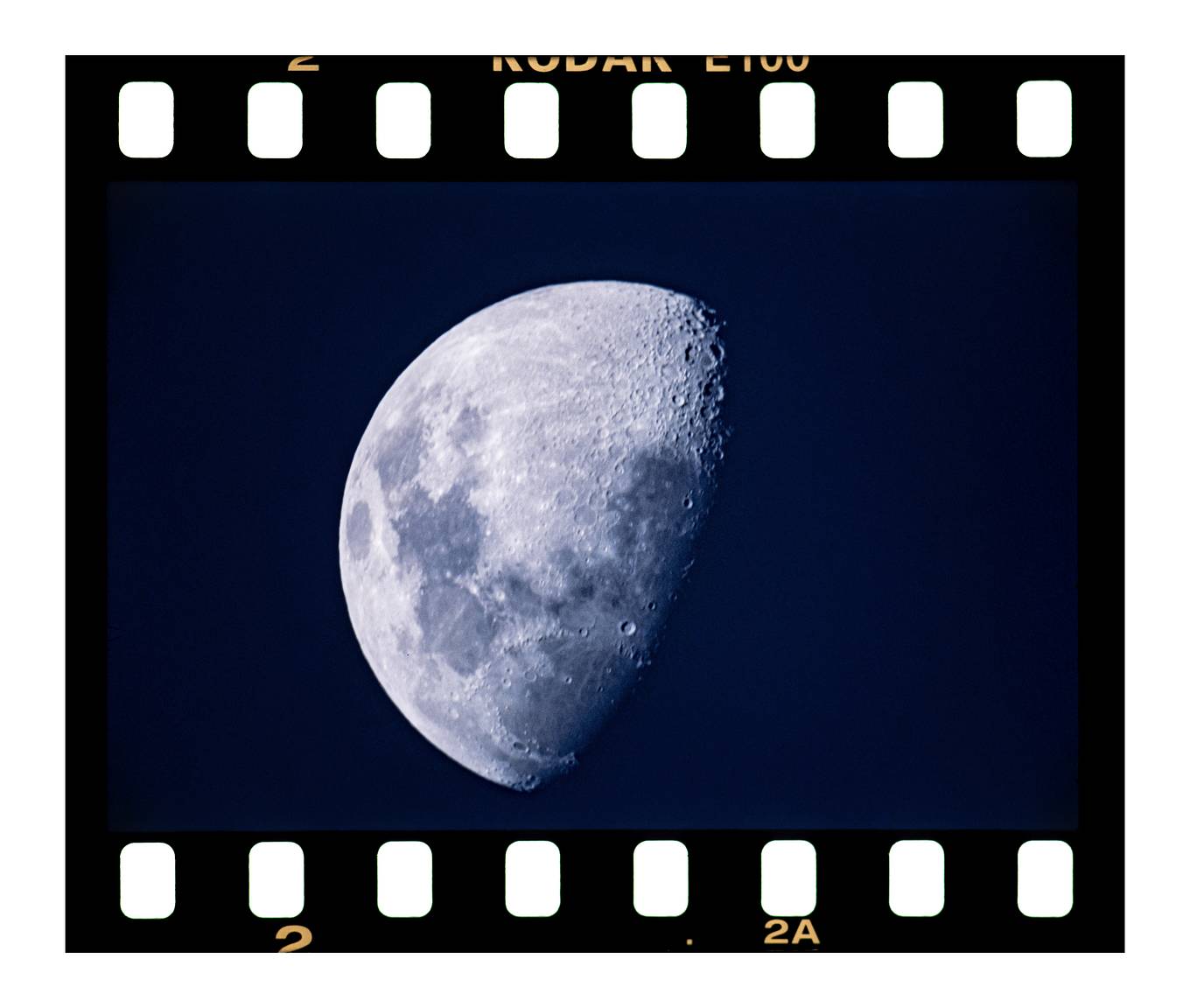Astrophotography on Film: An Interview With Jason De Freitas
3 24 Share TweetOn his website Jason De Freitas writes, “It’s approximately 240 times easier to do astrophotography with a DSLR than it is with film, but if you have a passion for analogue photography then you’re going to want to do it anyway.”
In this sentence Jason sums up the extraordinary nature of his hobby. Astrophotography is difficult. It’s technical and time-consuming. Creating a single photo takes patience, planning and calculations (just hearing the term "reciprocity failure" is enough to give some of us a headache), and even then it could all be messed up by a few unexpected clouds in the sky. It’s clear from a glance at his portfolio that Jason is not afraid of the technical aspects of photography. He’s made complex multiple exposures, and experimented with everything from large format to instant film.
But all of this is secondary really, because difficulty is not an accurate measure of worth. Jason’s photos speak for themselves. They are mesmerizing. The many hours of dedication that preceded each shot fall away from our minds when we view his photos, and we’re left gazing at the night’s sky with child-like wonder.

Can you start by telling us a bit about yourself?
I'm an aeronautical engineer by day and a photographer by night (and during any other free time!). I live on the South Coast of NSW, in a small town where I can take advantage of lower light pollution levels and beautiful coastal landscapes. Photography is purely a hobby for me, the perfect creative outlet to compliment an analytical and technical career but evidently I can't separate the two. My analogue astrophotography is what I'm best known for but I love a combination of technical and creative photography in general.
What came first, your love for film photography or interest in astronomy?
It was definitely astronomy. Astronomy was what actually kickstarted my interest in photography in general. I remember the first time I discovered the impressive astrophotography hobbyists could achieve at home and I was instantly interested in trying it myself. However, it was very expensive and I thought I'd start out with just a DSLR to learn the basics of photography and milky way photography before getting any serious astrophotography equipment. Somewhere along that journey I unexpectedly fell in love with film and finally came full circle by combining film with my initial interest with astrophotography.
What are the biggest challenges you face shooting astrophotography on film? And with these unique challenges, why choose to shoot film?
The big challenge with all astrophotography is the low amount of light from celestial objects - and film just makes that even more challenging because it's not nearly as sensitive as modern digital sensors. This means that exposures are significantly longer than a digital equivalent and often means that significant astro gear is needed for even basic milky way shots. When I initially started using film for astro it was for the love of the medium and the personal challenge.
My motivation for continuing to use film has grown a little more poetic now. I particularly love slide film and I really enjoy slides as the final medium - either viewing on a light table or projecting. I like to think about slides, or even negatives, like physical artefacts that make space seem real. We're spoiled with amazing astrophotography that we see in books, on TV and online but it's very easy to forget it's real and not just an artist's rendition - film reminds me that these objects are really out there and I've directly interacted with them.
You’ve shot with a lot of different films and formats. Which experiment has been the most rewarding?
I really enjoy just playing with as many formats as possible - just because it's fun and also to challenge myself to do astrophotography in completely unique ways. Amateur astrophotography can easily be very repetitive and I deliberately avoid trying to approach it in a scientific or clinical way. Capturing the Milky Way on pack film was one of the most rewarding formats I've used. Using 4x5 instant film (FP-3000B45) I was able to produce several 4x5 prints that I could share with people, each one unique in its own imperfect expired film way. I really enjoy when people connect with my analogue astrophotography for the same poetic reasons I do, and my instant film prints have been one of the best ways of achieving that.
How much planning goes into each shot you take?
It varies depending on the kind of astro shot I'm taking but every one is definitely planned out. Usually the time of year is very important for positions of objects in the night sky so I use planetarium software to plan my astro sessions. Often the trickiest part is getting clear skies on a moonless night! For one off events like a lunar eclipse or an ISS transit I will be planning ideas out weeks ahead and hoping for clear skies. I can use my planetarium software (Stellarium) to figure out the framing and previsualize my ideas - sometimes I will even do test exposures weeks or months beforehand for certain projects.
Do you have a favorite photograph from everything you’ve taken over the years?
I feel like my favourite photograph changes all the time but at the moment I'm really proud of my lunar eclipse multiple exposure. I feel like it's one of my best combinations of technical achievement and aesthetics in a photo that has never been done before on a single frame of film (to the best of my knowledge!)

Do you have any exciting plans for new experiments in 2022 that we should know about?
I like to keep my projects secret until I can reveal them but you can definitely expect some more ambitious experiments this year. Something along the lines of experimenting with a new film format that I'm designing and 3D printing a camera to achieve! I'm also working on more ridiculous analogue drone projects. Though I've only been talking about my astrophotography in this interview - check out my other work if you're curious about other ways I combine engineering and creative analogue photography!
We'd like to thank Jason for sharing his work with us. To keep up to date with all of Jason's experiments follow his Instagram.
written by alexgray on 2022-07-06 #people #long-exposure #slide-film #space #multiple-exposure #astrophotography #astronomy #astro #jason-de-freitas



























3 Comments